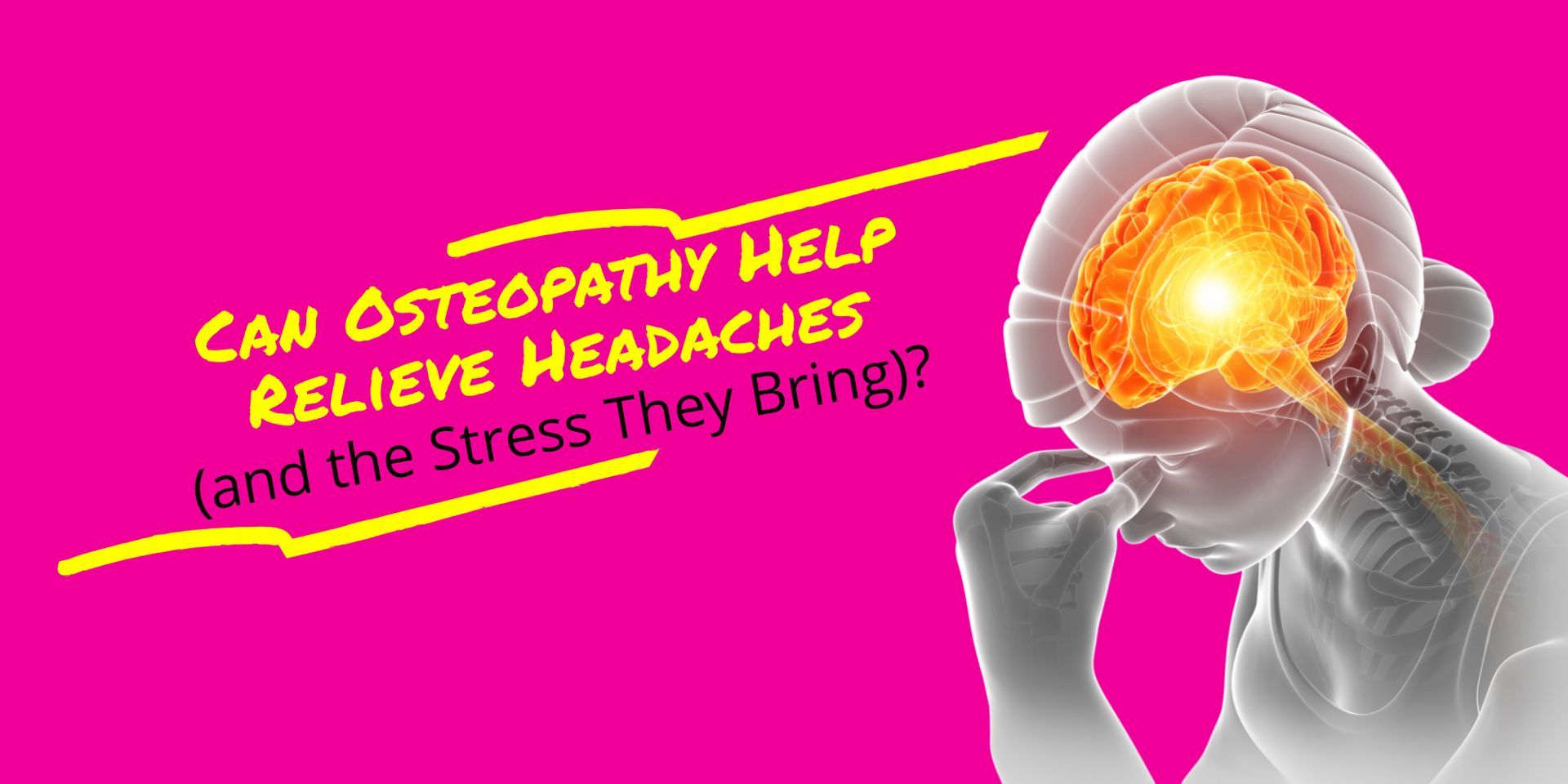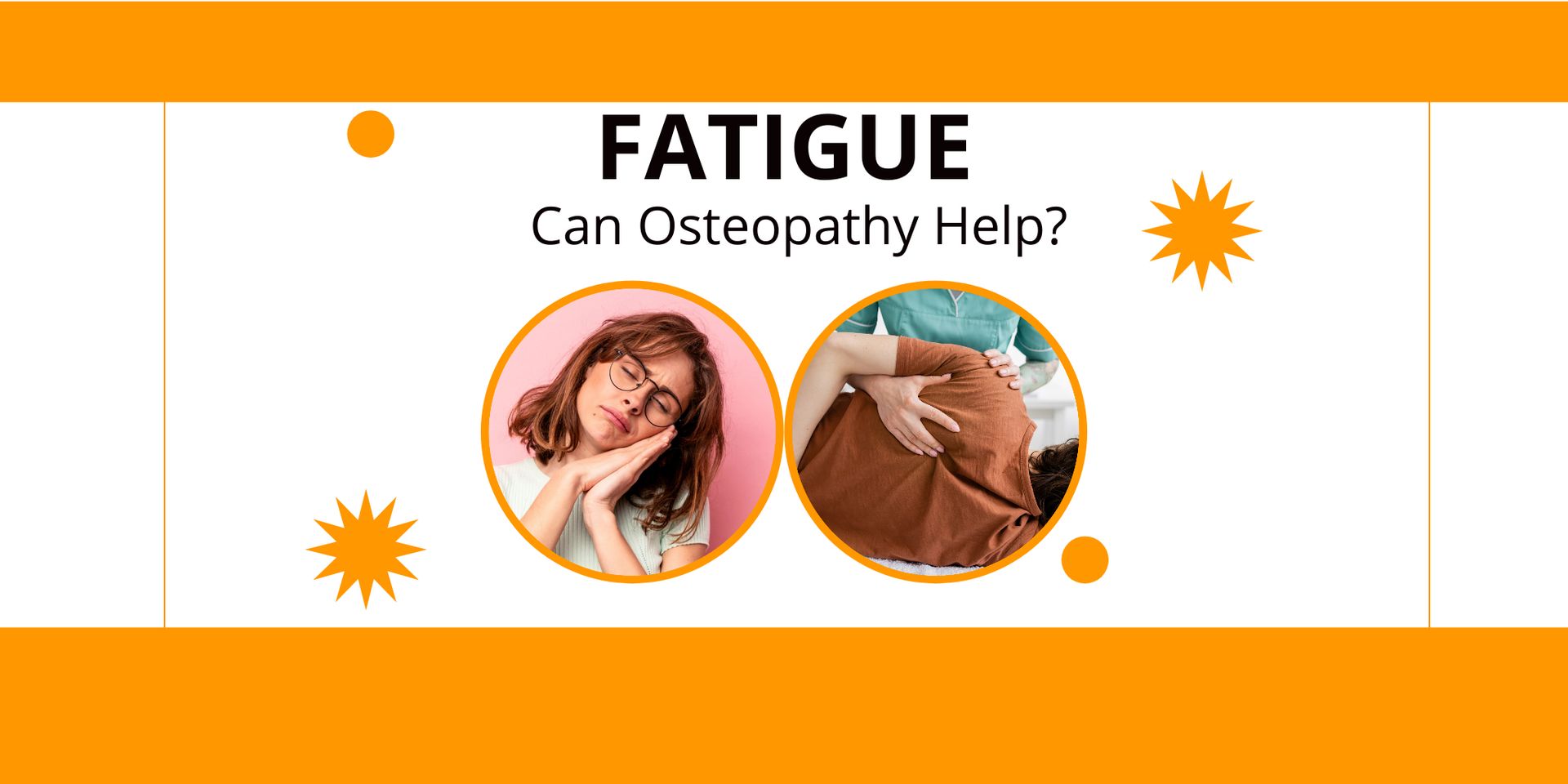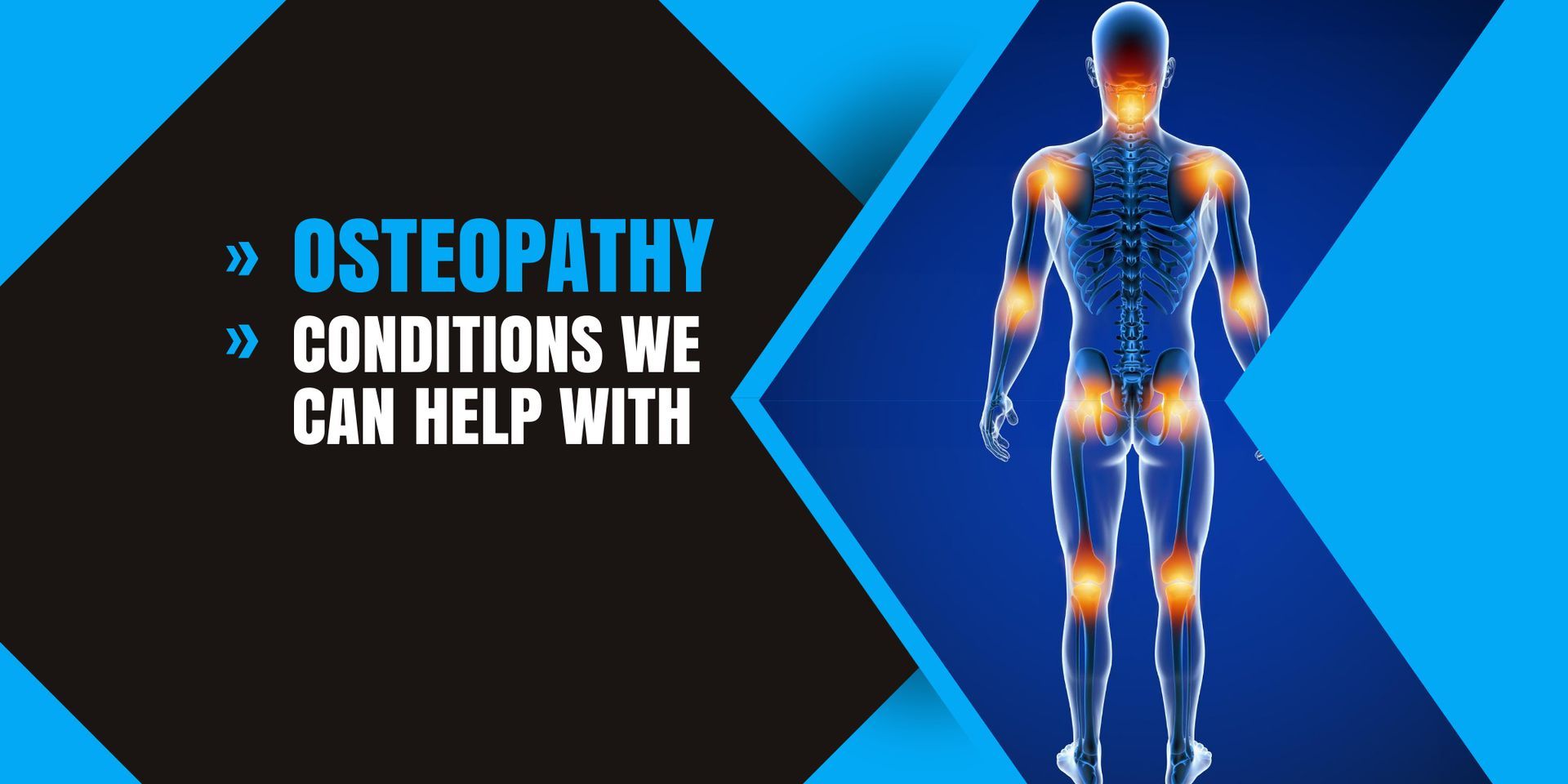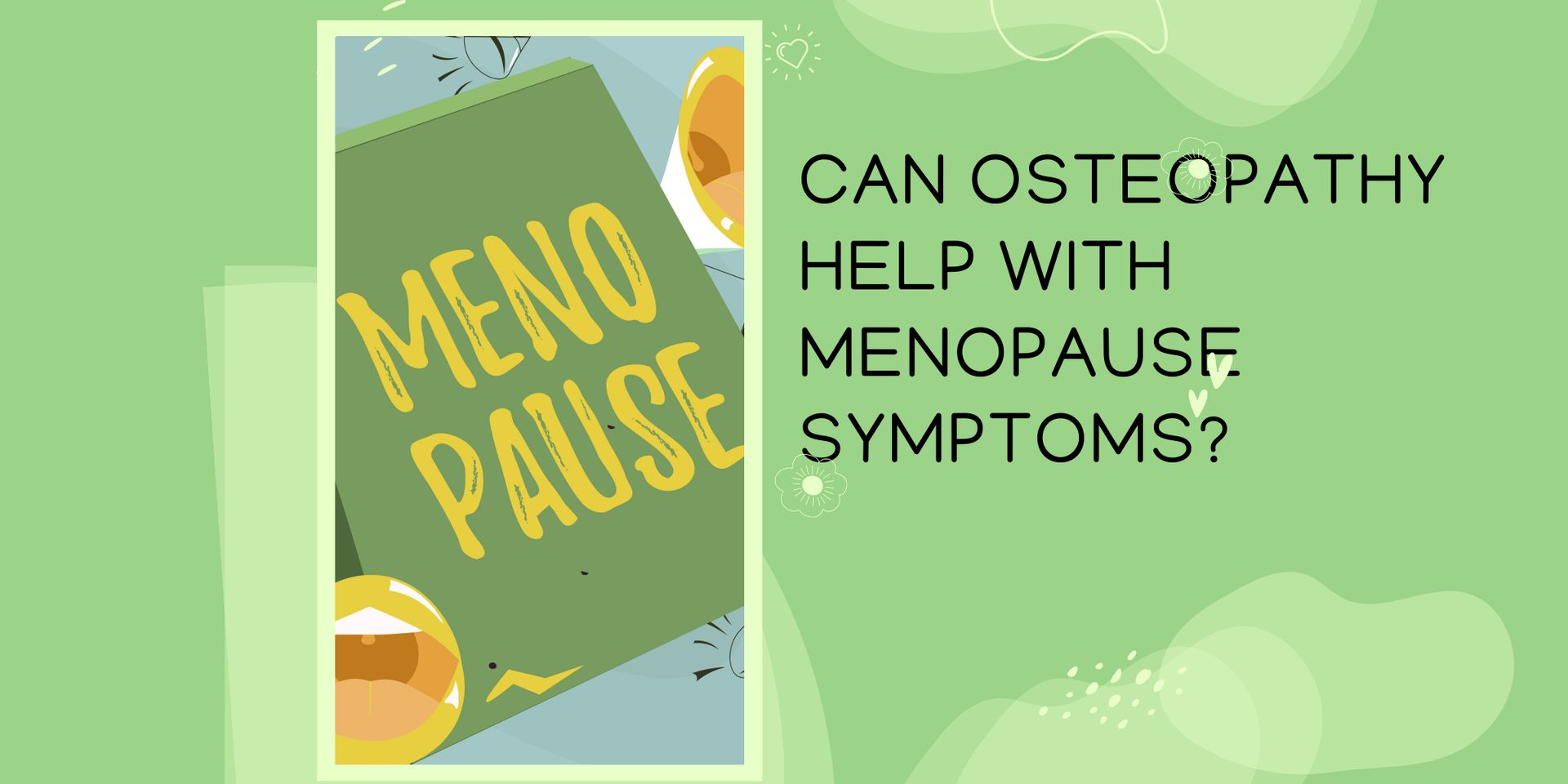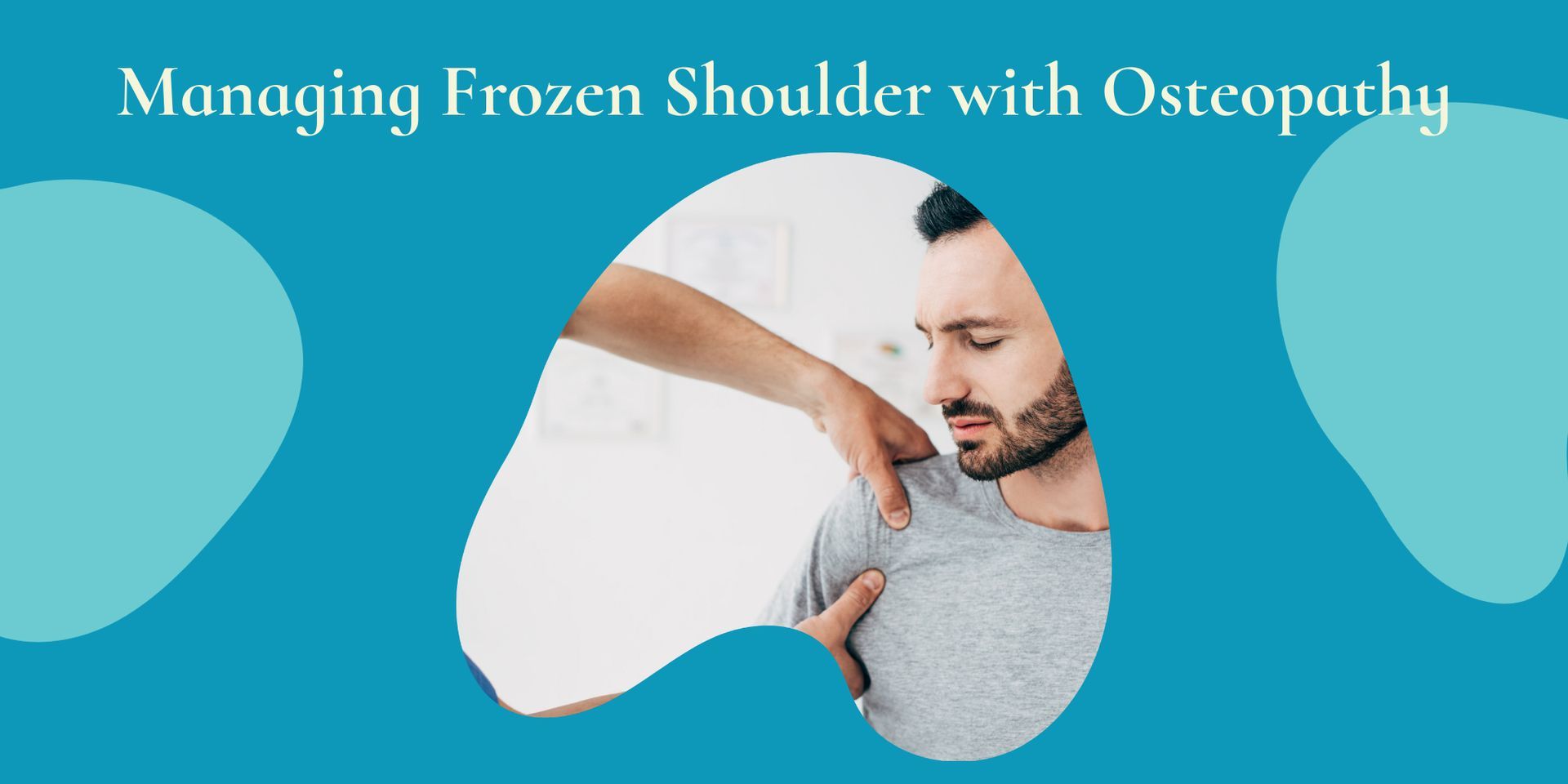Can I Buy Kinesio Tape and Strap Up My Injury Myself? Or Is It Best Left to the Experts?
Kinesio Tape is designed to mimic the elasticity of human skin

You’ve seen the brightly coloured tape — on athletes, gym-goers, even the odd office worker with a dodgy shoulder. Kinesio Tape (or K-Tape) has become a bit of a go-to fix for aches and pains. But here’s the question we often get at Parkstone Osteopaths:
“Can I just buy some tape and do it myself?”
The honest answer? Yes, you can. But should you? Well… that’s where things get a little more nuanced.
What Actually Is Kinesio Tape?
Kinesio Tape is a stretchy, breathable cotton tape that supports muscles and joints without restricting movement.
It’s designed to mimic the elasticity of human skin, and when applied correctly, it can:
- Reduce pain and inflammation
- Improve circulation and lymphatic drainage
- Support injured muscles
- Aid posture and movement patterns
Sounds great, right? But — and it’s a big one — all of this depends on how it’s applied.
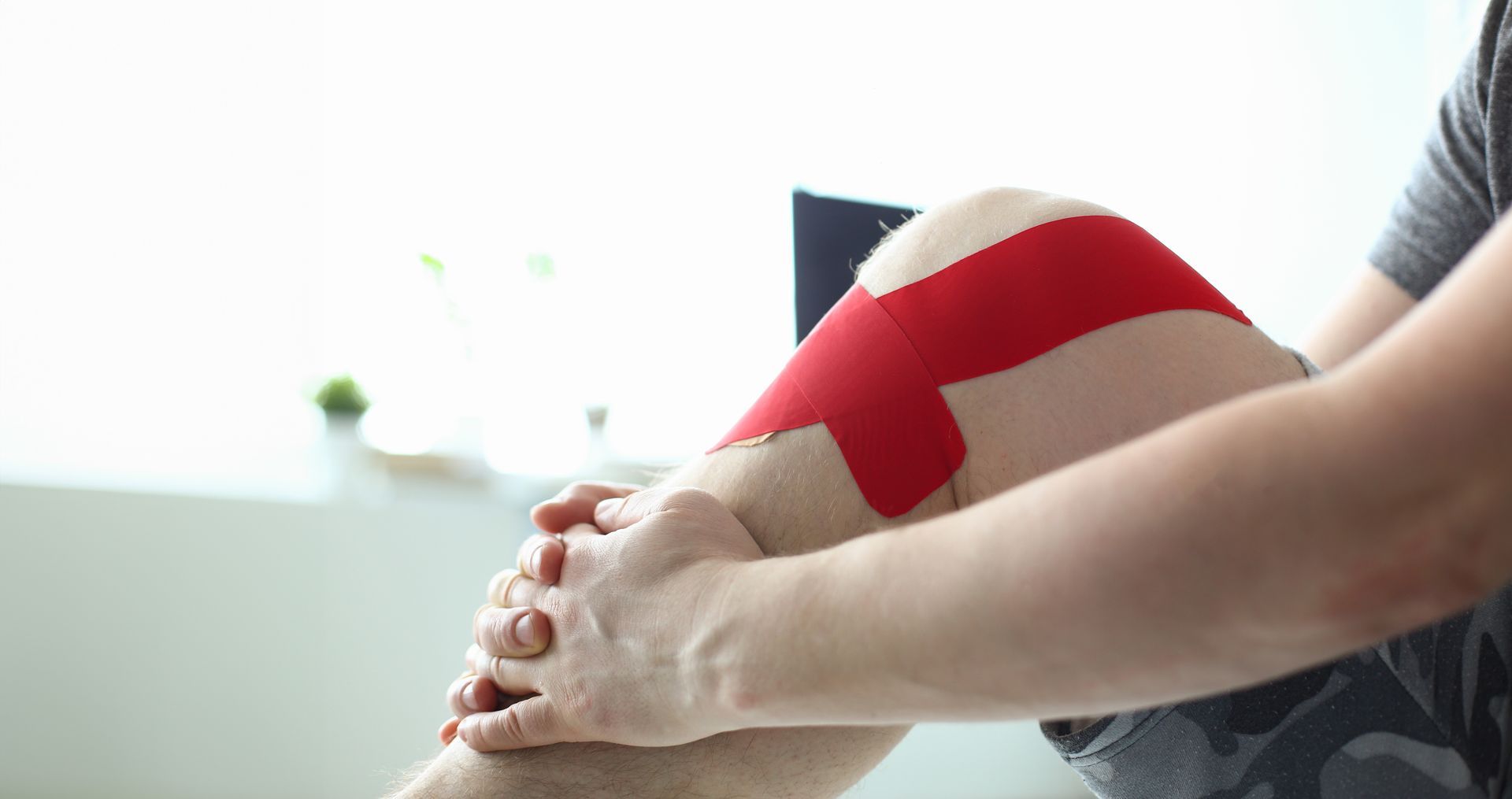
The Problem With DIY Taping
We totally understand the temptation to give it a go yourself. A roll of K-Tape from the internet, a quick YouTube tutorial, and you're good to go… right?
Not quite.
Applying Kinesio Tape isn’t just about sticking it where it hurts. The effectiveness lies in the tension, the direction, the anchoring, and the position your body needs to be in when it’s applied.
Here are some common mistakes we see when people tape themselves:
- Taping the wrong muscle group altogether
- Using too much or too little stretch
- Applying it in a way that actually worsens posture or movement
- Not knowing when not to use it (yes — there are times it’s best avoided)
Why See an Expert?
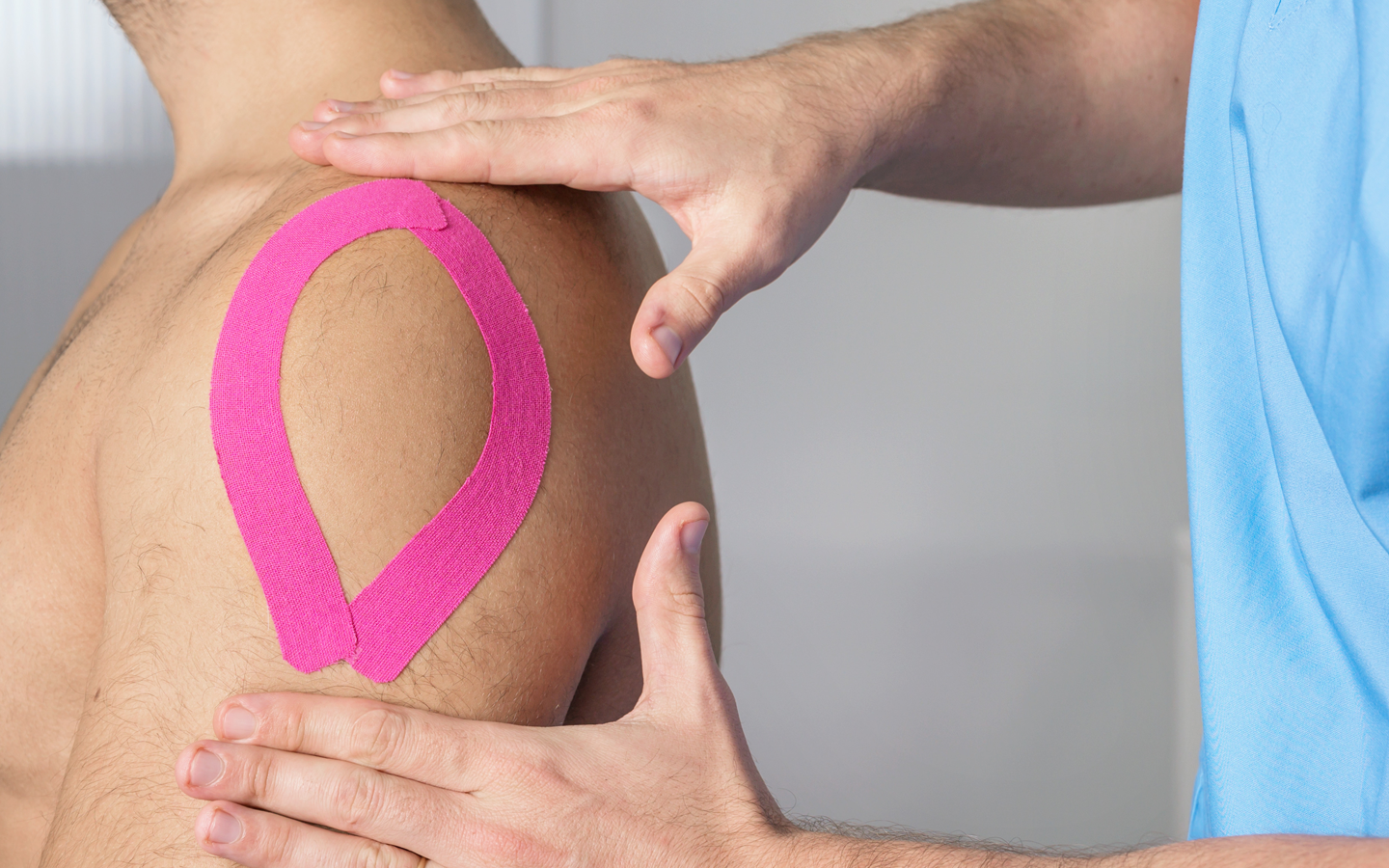
As osteopaths trained in Kinesio Taping, we don’t just look at the site of pain — we look at what’s causing it.
Maybe your knee hurts, but it’s your hips or ankles that are the problem. Taping your knee alone won’t do much unless the full picture is taken into account.
When we apply Kinesio Tape at Parkstone Osteopaths, we:
✅ Assess your injury or condition holistically
✅ Identify what needs supporting (and what doesn’t)
✅ Apply the tape with correct tension and placement
✅ Show you how to care for the tape — and when to remove it
✅ Combine it with treatment and rehab advice
In short, it’s not just about the tape — it’s about knowing why, where, and how to use it to help your body heal and move better.
But I’m Just Looking for Some Relief…
Even if you’re not dealing with a major injury, taping might be part of the solution. For example:
- Supporting your posture at work
- Easing muscle fatigue after training
- Providing gentle support to a healing joint
- Reducing swelling after a minor sprain
In all of these cases, the tape can help — if applied properly.
So, Can You Tape Yourself?
Yes. But think of it like cutting your own hair. You can do it, and it might work out OK… or it might end up a bit wonky.
With expert help, you’re far more likely to get the results you’re hoping for — quicker recovery, less pain, and better movement.
Thinking About Trying Kinesio Taping?
Whether you're dealing with a sports injury, an ongoing niggle, or just curious about what K-Tape could do for you — we’re here to help.
At Parkstone Osteopaths, we’ll take the guesswork out of it. You’ll leave knowing not just that the tape is working, but why it’s working — and how it fits into your recovery.
📍 Visit us in Poole
📞
Book your appointment or just give us a ring for a chat.
Let’s get you moving better, feeling better, and back to doing what you love — no guesswork, no dodgy DIY jobs.



